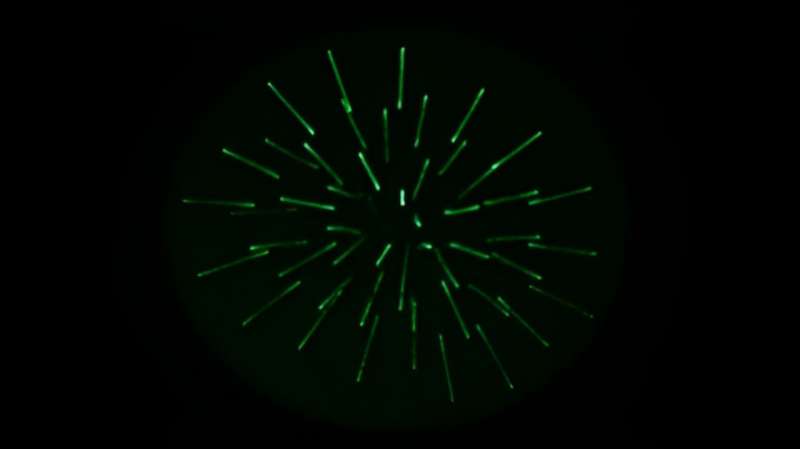Higher CO2 Levels Have a Concerning Effect on Viruses Floating Through The Air : ScienceAlert
Maintaining CO2 ranges low reduces infectious airborne viral masses, new analysis suggests. Whereas the research targeted on the pathogen behind COVID-19, it has clear implications for lowering the chance of transmitting viruses in areas the place air flow is proscribed.
“Opening a window could also be extra highly effective than initially thought,” says College of Bristol chemist Allen Haddrell, “particularly in crowded and poorly ventilated rooms, as recent air may have a decrease focus of CO2, inflicting the virus to turn out to be inactivated a lot quicker.”
By measuring SARS-CoV-2 capability to stay infectious whereas aerosolized in droplets below totally different environmental situations, Haddrell and colleagues found the virus’s stability is straight impacted by CO2 ranges within the air. They used a brand new method referred to as Managed Electrodynamic Levitation and Extraction of Bioaerosol onto a Substrate (CELEBS), which measures the affect of temperature, relative humidity, and totally different gasoline concentrations on suspended virus particles.
Atmospheric CO2 concentrations are presently round 400 elements per million (ppm). Crowd sufficient individuals in a closed room, nevertheless, concentrations can soar to round 3,000 ppm. The staff discovered the variety of viral particles that may stay infectious below these elevated concentrations will be 10 occasions larger than what could be present in out of doors air.
“The excessive pH of exhaled droplets containing the SARS-CoV-2 virus is probably going a significant driver of the lack of infectiousness,” explains Haddrell. “CO2 behaves as an acid when it interacts with droplets. This causes the pH of the droplets to turn out to be much less alkaline, ensuing within the virus inside them being inactivated at a slower price.”
What’s extra, extremely crowded environments in poorly ventilated areas can exceed 5,000 ppm of CO2.
“This relationship sheds necessary gentle on why tremendous spreader occasions could happen below sure situations,” notes Haddrell.

Curiously, totally different strains of SARS-CoV-2 had totally different patterns of stability within the air. After solely 5 minutes viable viral particle concentrations had been 1.7 occasions larger for Omicron (BA.2) than for Delta. This implies there could also be plenty of variability between viral particle sorts.
So whereas extra analysis is required to substantiate the relationships between CO2 and different sorts of viruses, the researchers suspect this might clarify why many respiratory viruses have seasonality. Throughout colder climate individuals are more likely to spend extra time indoors experiencing higher publicity to air with larger ranges of CO2.
The amount of CO2 in our outdoor air is also increasing because of world warming. Current projections predict concentrations could exceed 700 ppm by the top of the century.
“[This study] additionally highlights the significance of our world internet zero objectives as a result of the analysis signifies even barely raised ranges of CO2 , that are rising within the environment with the onset of climate change, can considerably enhance the speed of virus survival and the chance of it spreading,” Haddrell adds.
“These findings can function a scientific foundation for the design of mitigation methods that might save lives in any future pandemic,” concludes College of Bristol bodily chemist Jonathan Reid.
This analysis was printed in Nature Communications.





